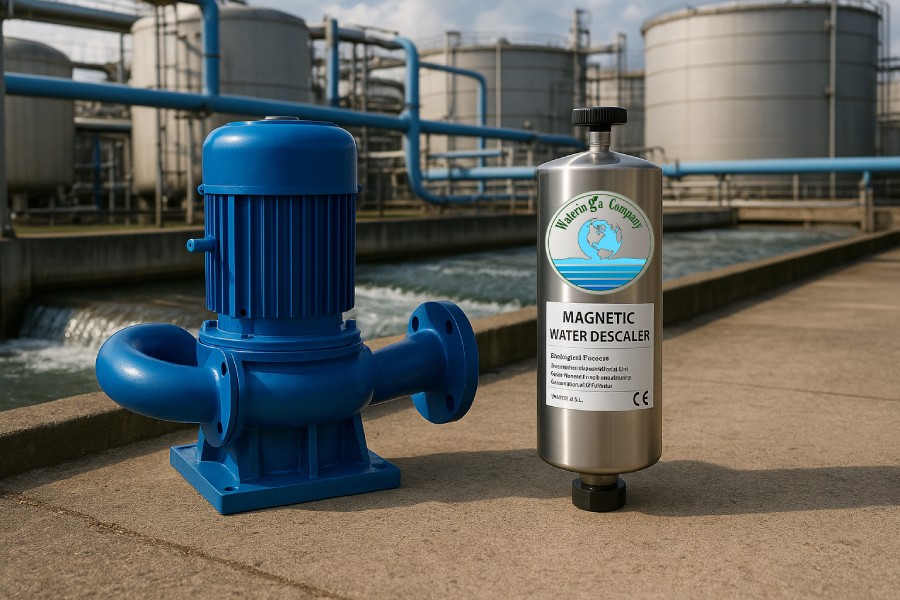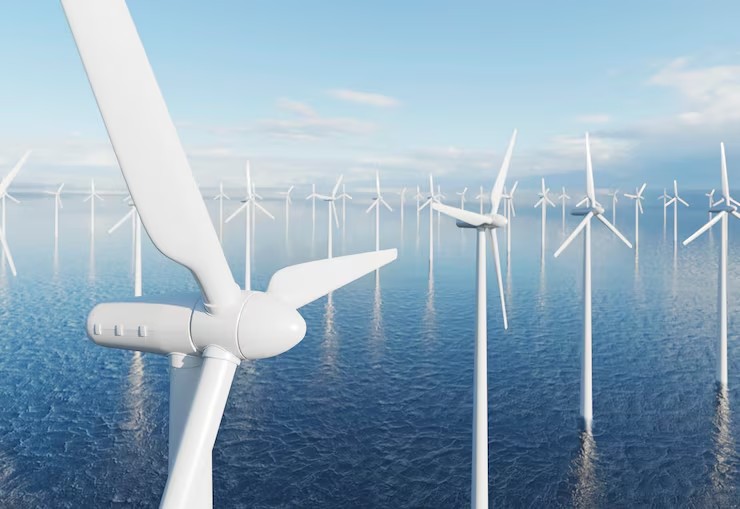Due to the dependence of factories and industrial plants on the water supply, water is used in numerous operations such as cooling, heating, and production. However, mineral scale that is found in hard water is a leading risk to efficiency in operations and equipment life. The need to use a long-term and cost-effective alternative has never been higher. The demand for a sustainable and economical alternative has never been greater. Wateringa has developed a groundbreaking solution: a chemical-free water treatment system that descales water and improves industrial operations without the need for toxic additives.
The Technical Superiority of Watering’s System
Wateringa’s technology is not a simple filter. It is a system of high technology that employs a mechanical process as the means of changing the properties of water, giving a long-term solution to the issue of mineral formation. It is also a more efficient and reliable method for industrial applications.
The Core Descaling Mechanism
The heart of the Wateringa system is its use of electromagnetic and mechanical energy. An electronic board with a piezoelectric feature generates electromagnetic waves that alter the field of soluble salts in the water. These waves transform the calcium and magnesium ions into tiny, suspended crystals that have no cohesive properties. This process prevents new mineral deposits from forming on pipe walls and machinery, protecting the system from future damage.
Restoring Clogged Systems
One great benefit of this water treatment is that it not only stops new scale but also dissolves old mineral deposits. Water descaling is a key function. The device facilitates the dissolution of the water in order to dissolve old calcium carbonate formations and make them suspended in the water. This feature is important in factories that have an old infrastructure whose piping and equipment may have become clogged, as it can rejuvenate their productivity without the expensive and time-intensive manual cleaning procedure.
Integration with Existing Infrastructure
The Wateringa device is to be combined easily with the existing industrial water systems. It uses the mechanical power of flowing water; therefore, it does not need any external power source provided by the city grid. This also makes it an economical and very flexible option that can be applied in as many factory environments as possible, including both large manufacturing facilities and smaller ones.
Expert Opinion: A Shift in Industrial Thinking
Experts in industrial engineering and water management agree that Wateringa represents a fundamental shift in how factories approach water treatment. The move away from a reactive, chemical-based solution to a proactive, physical one aligns with modern industrial trends that prioritize sustainability, efficiency, and long-term cost savings.
The Tangible Benefits for Factories
The technical innovation of the Wateringa system is transferred directly to a broad range of utility and economic advantages to factories, introducing a new level of operational efficiency and sustainability. Optimizing water usage reduces expenses and minimizes environmental impact, ensuring that factories can meet both production targets and control standards. This technology not only enhances operational performance but also contributes to a greener future by promoting responsible resource management.
Drastically Reduced Maintenance and Repair Costs
One of the major causes of equipment failure in the industrial environment is mineral scaling. The Wateringa system eliminates this accumulation, which greatly contributes to the low maintenance and high expenditure costs. This results in massive cost savings in the long run and reduces the number of days that a factory is not running, thus enabling the factories to have the same production schedule.
Improved Energy Efficiency
A key benefit of preventing the appearance of the scales in the pipes and machinery is the increased energy efficiency. Scale is an insulator; it compromises heating and cooling systems. The fact that these systems are not filled with mineral deposits enables Wateringa to maintain maximum performance and reduce energy use. This not only lowers the operational costs of a factory but also adds to its sustainability objectives of a factory.
Enhanced Safety and Environmental Compliance
A chemical-free water treatment system eliminates the risks associated with handling and storing hazardous chemicals. This improves workplace safety and simplifies compliance with environmental regulations. Factories can demonstrate their commitment to sustainability by adopting a solution that protects both their employees and the environment.
Case Study: Improved Industrial Efficiency
A Canadian manufacturing plant was experiencing frequent breakdowns in its machinery due to severe mineral scaling. The plant was using chemical treatments, which were costly and caused operational delays. The Wateringa device was installed in the plant. The plant was able to report significant changes in terms of the cost of maintenance within six months. Its efficiency of the machinery was restored, and the result was an increase in its operational uptime by 15%, which was a clear signal of an increase in industrial efficiency. The management of the plant observed that the device was able to pay back after less than a year.
Closing Thoughts
Wateringa’s chemical-free water treatment system is a game-changer for factories. It offers a long-term, cost-efficient, and very successful answer to the rampant issue of mineral scaling. The product itself can be said to be a testament to how innovative technology can be employed to make a more efficient, sustainable, and profitable future for all.
Conclusion
Wateringa’s water treatment machine is a revolutionary product. It provides a sustainable, chemical-free, and long-term solution to a widespread issue. The new technology that is used in this device to prevent scaling, which is based on the use of electromagnetic waves, offers a new dimension of efficiency and reliability. The product itself is an example of how technology could be implemented to achieve a more efficient, sustainable, and profitable future for everyone.




